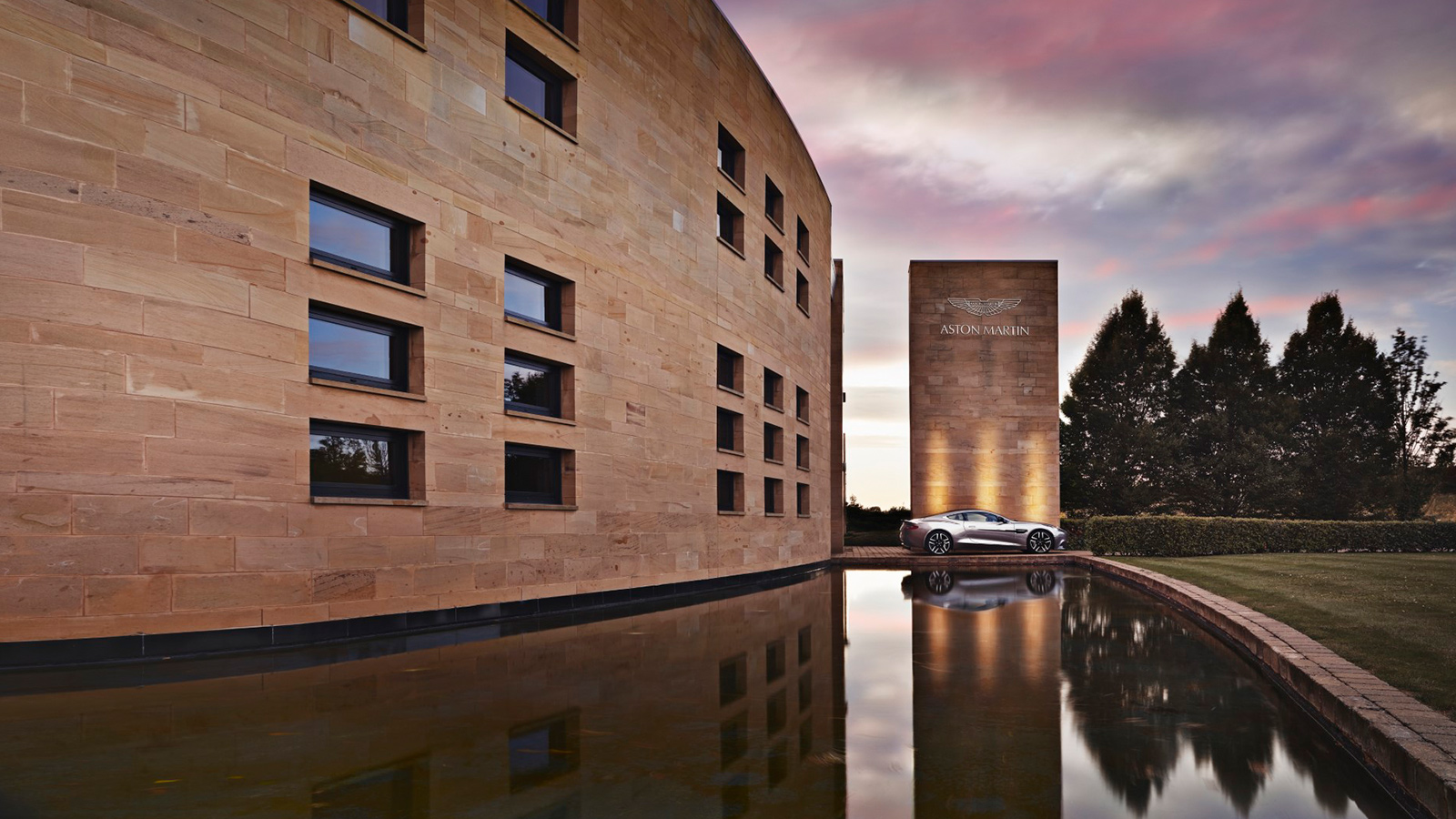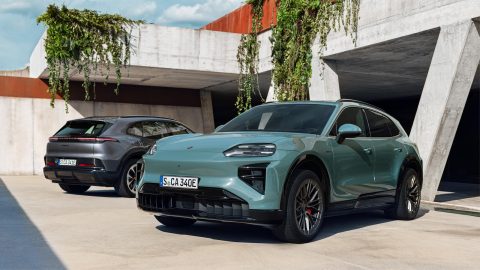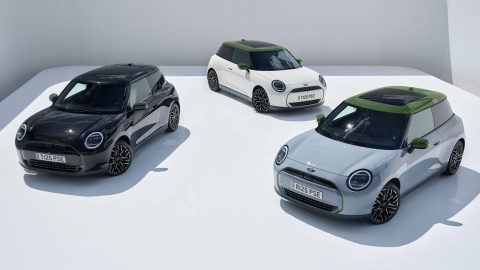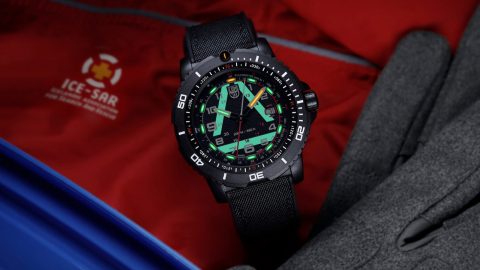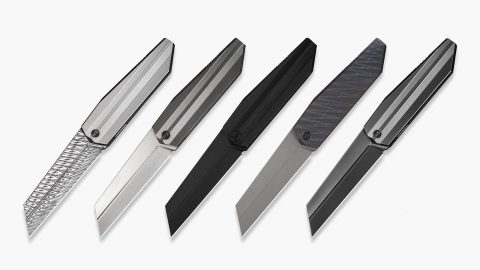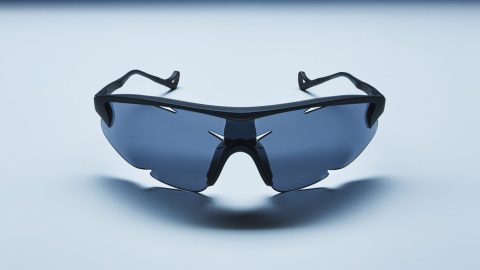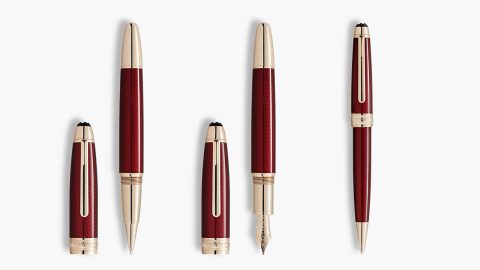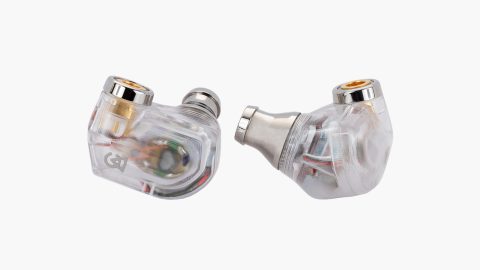For vehicle enthusiasts and laypeople alike, Aston Martin is an instantly recognizable name. In sports car circles, it’s emblematic of sleek style and impressive success—a nod to the brand’s storied legion of acclaim and award-winning achievements through the decades. The company is known for its distinctive vehicles that exude sophistication, luxury, and performance.
The Early Days
It’s a winning formula that began in 1913, when the brand was founded by Lionel Martin and Robert Bamford. Their initial aim was to construct sports cars that were more than merely striking, but showpiece-worthy powerhouses that exemplified both grace and distinction.
The first vehicle came when Martin himself, who competed in hill climb races in the village of Aston Clinton in Buckinghamshire, England, built a special vehicle designed specifically to bolster their race achievements. It worked—and the brand was born, combining Martin’s name with that of the village. Today, a plaque marks this historic site in Aston Clinton in honor of the distinction.
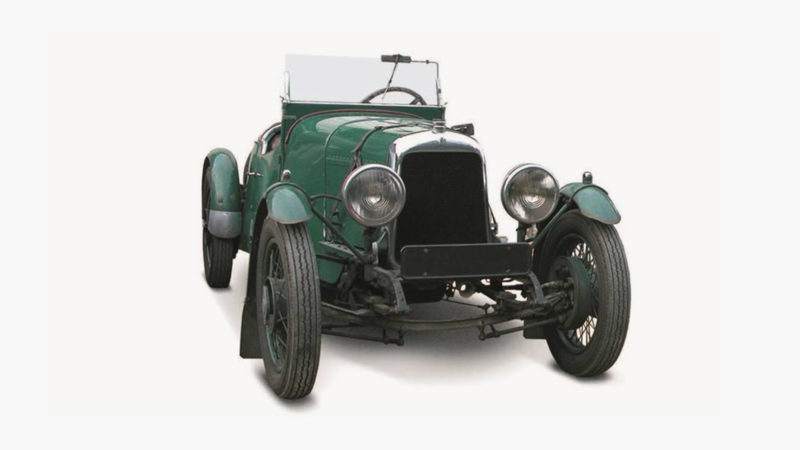
What followed were countless successes in the world of endurance racing. Its history begins at the 1922 French Grand Prix, where a pair of the brand’s vehicles driven by Clive Gallop and Louis Zborowski made their debut. This was followed by a whopping 10 record-breaking turns on the Brooklands motor racing circuit in Surrey later that year.
The late 1920s saw the introduction of the International, originally dubbed the “Sports Model.” The car was produced through ‘32, and was an enormous success during that period. But by the early ‘30s, it had reached something of an expiration point. The aging features could no longer keep up with many advancements that competitors offered, making it a less viable contender. Indeed, its rod brakes and cylinder head configuration made it less of a powerhouse than the rest.
Image Credit: Drive-my.com
And so the New International was born. Similar in design, it featured an updated chassis, along with an ENV rear axle in lieu of the worm drive axle. It was, in every aspect, considered the second generation of an already high-performance vehicle. Alongside this reimagined version of the brand’s legendary International were a variety of other sports vehicles designed to serve as veritable prototypes for future racing vehicles.
The goal was to design cars that improved response time, road handling, and dexterity with ease. Additions like refreshed cylinder heads and inlet manifolds allowed the vehicles to operate with even greater power, while low-profile electron casting offered a lighter weight finish than the more traditional aluminum components. As a result, the new builds were faster, more agile, highly responsive, and ready for competition.
The New Breed
It was in October of ‘32 that Aston Martin introduced its most iconic vehicle to date: the beloved Le Mans. Available with both 2-seat and 2/4-seat bodies, the car was designed with a tough 70 brake horsepower (BHP) engine and a reduced radiator line. Unlike the company’s International line, this vehicle was more production-focused than others and, therefore, more readily available. A 4-seat version, the Le Mans Special 4 Seater, was introduced in late ’33.
The slew of new developments was a smart move for the brand that had, in recent years, suffered considerable financial decline. It was during the mid ‘30s that Gordon Sutherland, who had assumed ownership some years before, introduced more prominent production vehicles, including the 15/98. Notably, this became the brand’s standard, made in both 2- and 4-seat options and designed with 98 BHP engines. It was easily their top-selling vehicle until well through the end of the decade.
Image Credit: Hemmings
At this stage, it became clear that a new concept was imminent—one that would resolve many of the company’s financial woes and bring it to the fore. It was in that vein that Claude Hill, Aston Martin’s chief engineer, designed the Atom. Made with square section tubes, the vehicle boasted a unique configuration and quickly earned raves for its sleek style and powerful motor. In fact, it enjoyed quite a reputation as a post-war success.
But there were many consumers abroad that expressed an interest in the vehicle—and creating enough to meet demand would require a considerable investment. Sunderland, then, decided to sell the company through a newspaper advertisement. When a businessman based in Yorkshire, David Brown, expressed interest in purchasing the company, Sutherland himself drove his Atom to Brown. The latter was suitably impressed, and in ‘47 he assumed ownership of Aston Martin.
Not one to rest on his laurels, Brown saw potential where his predecessors left off. He appreciated the sleek style and beauty of a visionary sports car, and he was proud to be associated with the brand—and knew that it deserved more global recognition for its diverse portfolio of performance-minded designs. He also knew that they would make fierce competitors in races around the world.
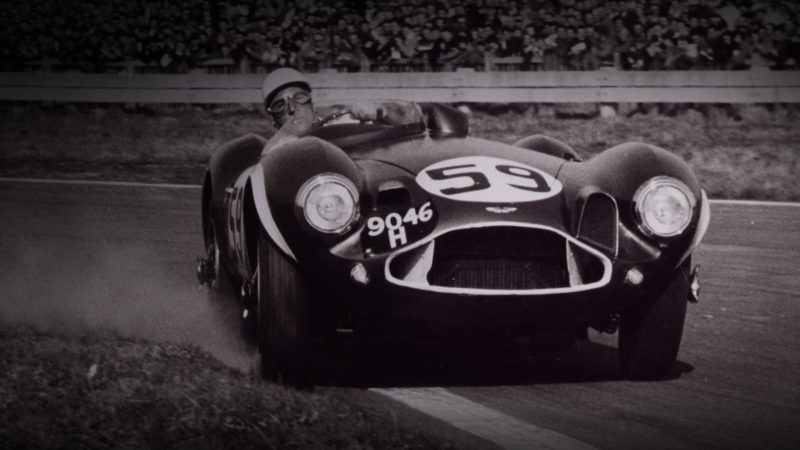
Image Credit: Aston Martin
It was that confidence that spurred the creation of both the DB1 and DB2, which, while impressive, didn’t quite make their mark in the competitive world. For that, they needed a sports-specific vehicle that was truly designed to win. And so, in ‘53, the DB3S was born. Built during the true golden era of racing, the car enjoyed immense time in the spotlight—and not only because it made its debut at the right time.
The car was a study in beauty: the legendary automotive stylist, Frank Feeley, created the smooth, undulated curves for which it was so renowned, and leading engineers contributed to development of the vehicle’s chassis. It led to the DB3S/2, designed specifically to compete in the 24 Hours of Le Mans, the oldest and best-known endurance race in the world.
Image Credit: RMS Sotheby’s
The vehicle proved to be an immediate success, emerging victorious in countless races throughout the years, including a first-place showing at the Goodwood 9 Hours and a second-place result at the RAC Tourist Trophy at Dundrod. But there were failures, too, due to significant track damage. So the car was commissioned with new bodywork and chassis development.
The Pop Culture Connection
Of course, perhaps nothing signifies a sense of modern-day importance as affiliation with a pop culture icon. It was the ’64 release of Goldfinger, the third installment in the James Bond film series, that saw Aston Martin catapult to worldwide glory. Sean Connery’s Bond deftly maneuvered his DB5 through epic chase scenes. Today, that same DB5 resides in Covent Garden at the London Film Museum.
The vehicle reappeared in ‘65’s Thunderball, this time enhanced with a few Bond-esque implements, like a water cannon and a jetpack stowed in the trunk. Some years later, it once again had a showing in On Her Majesty’s Secret Service, the only film in which Bond was portrayed by George Lazenby. And in the ‘80s, both Timothy Dalton and Pierce Brosnan drove the spectacular vehicle.
Image credit: Timeout
One difference? Brosnan was the first Bond actor to drive two different Aston Martin models in a film, the second being the V12 Vanquish in 2002’s Die Another Day. That was followed in ’06 by Daniel Craig’s turn in Casino Royale, in which he drove a DBS. The vehicle is noteworthy for its iconic crash scene, during which it flipped and rolled a record-breaking seven times.
Beyond the obvious connection with Bond, the vehicle has appeared in other iconic big-screen scenes, too. It played a role in ‘63’s The Birds, the Alfred Hitchcock classic, in a scene during which Tippi Hedren’s character sits at the wheel of her DB2/4. And Michael Caine’s character in the original ’69 version of The Italian Job drove a DB4.
Image Credit: IMCDB
Naturally, there are dozens of celebrities who count themselves as owners of the storied brand’s vehicles, including Rafael Nadal, David Beckham, Hugh Grant, and Daniel Craig, who was so taken by the car’s beauty that he purchased a V12 Vantage Roadster.
The Modern Era
The 2000s brought significant changes to the world of Aston Martin. Ford assumed ownership in the early ‘90s after a turbulent decade that found the fledgling brand seeking support. Production increased, and quality shifted to more contemporary features—bolder engines, for example. It was during this amplified period that the company announced its return to the racing community.
The first entry of Aston Martin Racing was in the American Le Mans Series Sebring, for which the DBR9 was specially designed. The vehicle was victorious in the Sebring 12 Hours in the LMGT1 category, and finished second in the GT1 Manufacturer’s Championship in ’06. This was followed by a GT1 class victory at Le Mans in ’07. They won again in ’08, with Antonio Garcia, David Brabham, and Darren Turner at the team’s helm.
It was these early victories that brought the brand full circle to its roots. In 2010, in fact, the brand introduced a prototype vehicle called the DBR1-2, known for its agility and speedy operation. It was named in honor of the DBR1 chassis that earned the brand a whopping six wins in ’59, along with a win at the World Sportscar Championship and 24 Hours of Le Mans.
In 2014, it was again Aston Martin that wowed the crowds at 24 Hours of Le Mans. This time, it was the #95 V8 Vantage GTE, driven by the Danish trio of Kristian Poulsen, Nicki Thiim, and David Heinemeier Hansson. As much a testament to its future as a nod to its past, Aston Martin continues its reign—albeit with considerable competition—and shows no signs of slowing its speed.

